In 2025, the U.S. saw a dramatic decline in international student visa issuances, with F-1 visa approvals dropping by over 40%. This trend threatens the financial and academic foundations of U.S. universities, which rely on international students for both revenue and diversity.
Factors Contributing to the Decline in International Student Visas
1. Policy Changes Under the Trump Administration
Several policy shifts under the Trump administration contributed to the drop in international student visas:
- Visa Issuance Restrictions: In June 2025, a proclamation suspended new student visas for several countries due to security concerns related to information sharing.
- Increased Denial Rates: The F-1 visa denial rate reached a decade-high of 41% during the 2023–2024 fiscal year.
- Social Media Scrutiny: Applicants were required to provide social media access, raising concerns about privacy.
2. Travel Bans and Border Restrictions
Travel bans imposed on nationals from several countries, such as Iran and numerous African nations, severely limited students’ ability to enter the U.S., even with valid visas.
3. Economic Factors and Alternative Destinations
Rising tuition costs and the availability of alternative study destinations made the U.S. less attractive:
- Rising Tuition Costs: The increasing cost of education in the U.S. compared to other countries is discouraging international students.
- Alternative Study Destinations: Countries like Canada, Australia, and the UK offer more welcoming policies and post-graduation work opportunities.
Impact on U.S. Universities
1. Financial Strain
International students contribute significantly to university revenue through higher tuition and living expenses. A 30% to 40% decline in enrollment could result in nearly $7 billion in lost revenue and the loss of over 60,000 jobs in higher education.
2. Academic and Research Setbacks
The absence of international students affects the diversity of thought and academic research, particularly in STEM fields. These students are essential in driving innovation and research initiatives.
3. Reputation Damage
The U.S.’s perception as an unwelcoming environment for international students could harm its reputation as a leader in higher education. This perception may discourage future top talent from choosing the U.S. as a study destination.
Case Studies
1. Arizona State University (ASU)
ASU experienced a decline in international student enrollment for the fall 2025 semester, with enrollment dropping from over 15,000 in fall 2024 to around 14,600. Persistent visa delays and shifting application trends contributed to this decrease.
2. Harvard University
Harvard faced challenges when the Department of Homeland Security threatened to revoke its eligibility to host international students due to alleged noncompliance with federal policies. The university filed a lawsuit, arguing that this violated its First Amendment rights.
Looking Ahead: Addressing the Challenges
The decline in international student visas presents significant challenges for U.S. universities. To mitigate these impacts, institutions may consider:
- Enhancing Support Services: Providing better support for international students can improve retention and satisfaction.
- Diversifying Revenue Streams: Exploring alternative funding sources can reduce dependency on international student tuition.
- Advocating for Policy Reforms: Universities must engage in advocacy to influence immigration policies and create a more welcoming environment for international students.
A Call to Action for U.S. Higher Education
The over 40% decline in international student visa issuances is a complex issue shaped by policy changes, economic factors, and competition from other countries. The impacts on U.S. universities are far-reaching, affecting financial stability, academic quality, and international reputation.
A concerted effort from policymakers, educational institutions, and the broader community is needed to restore the U.S.’s position as a leading destination for international students.

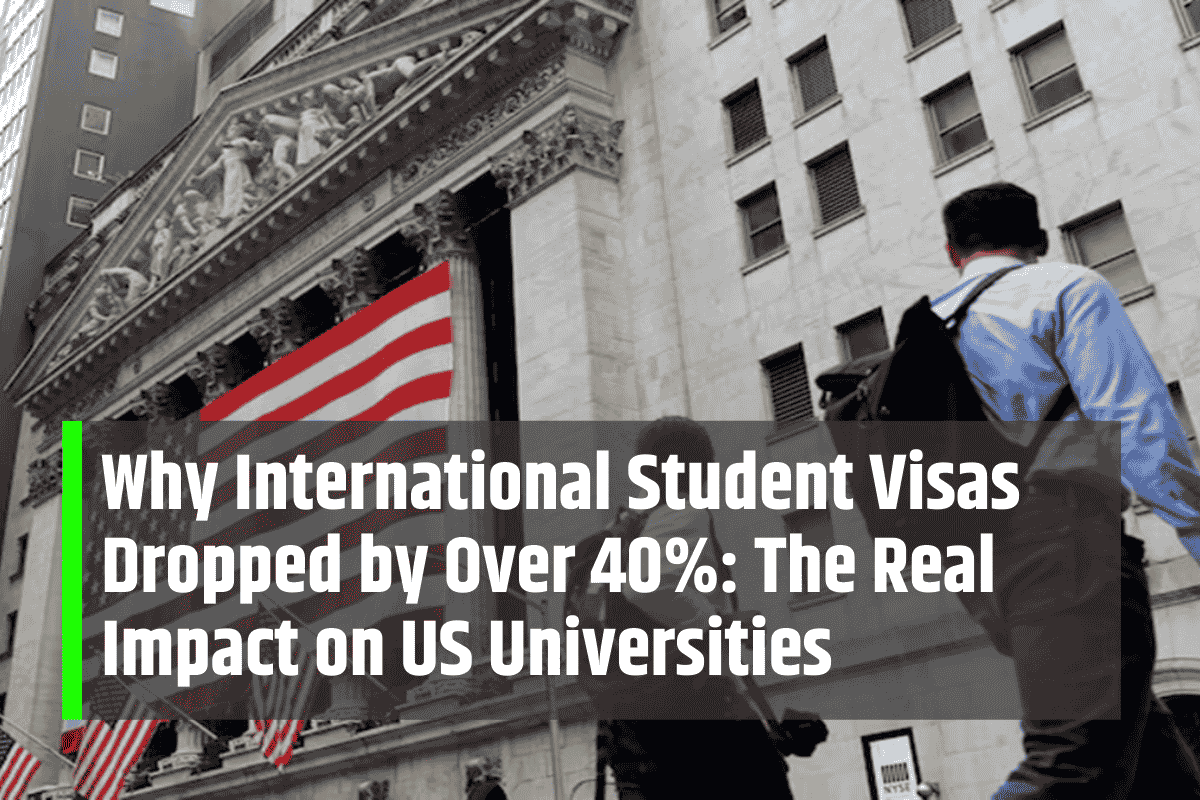
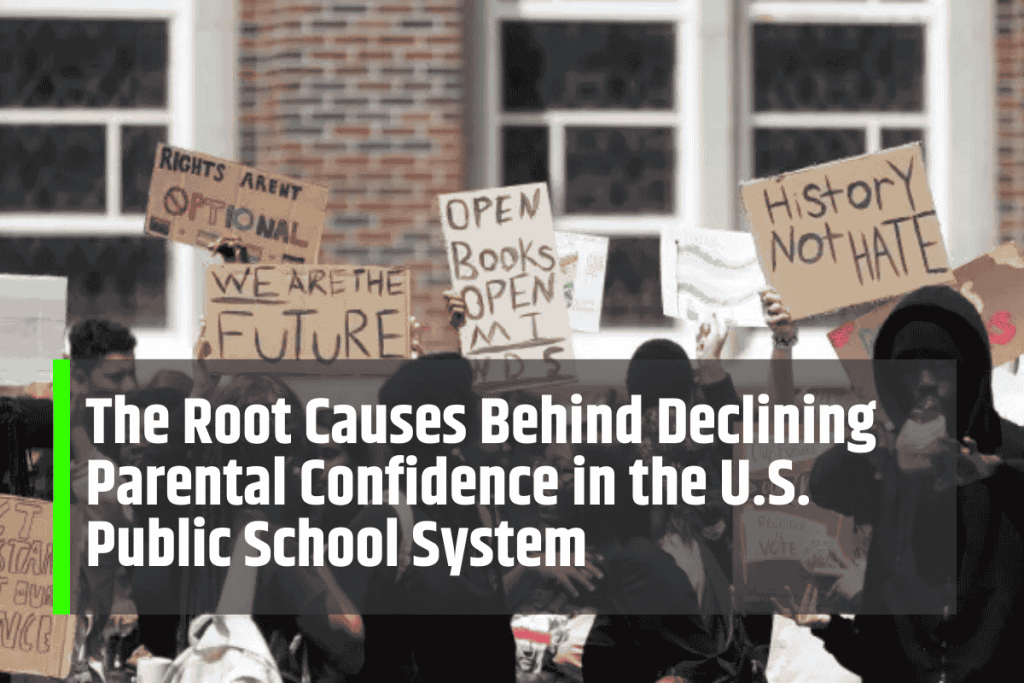




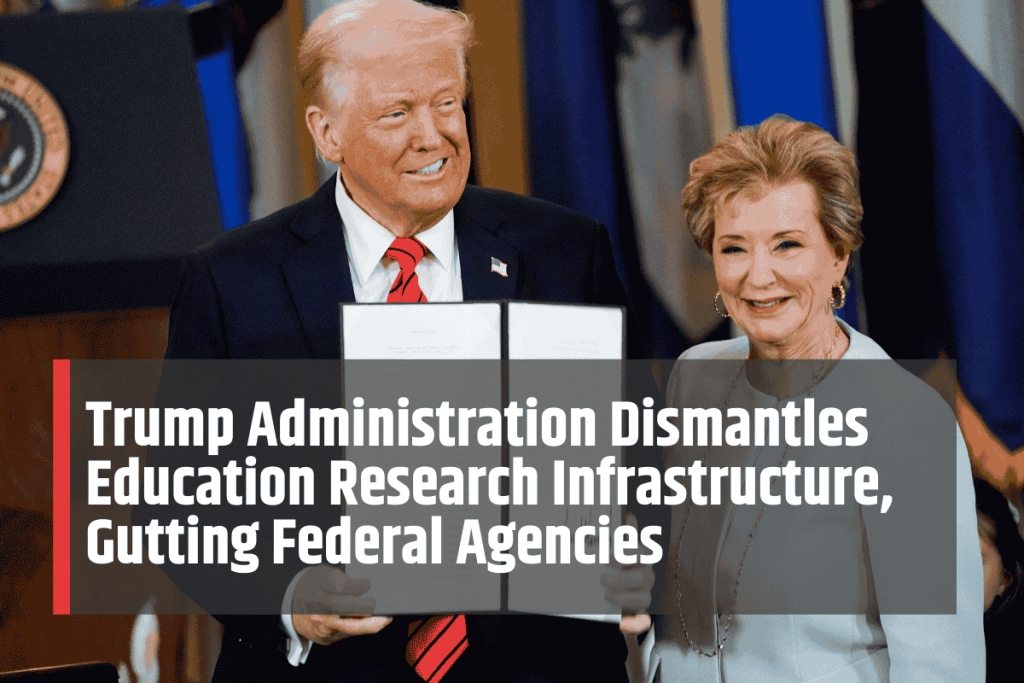
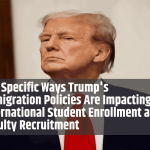

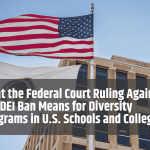
Leave a Comment